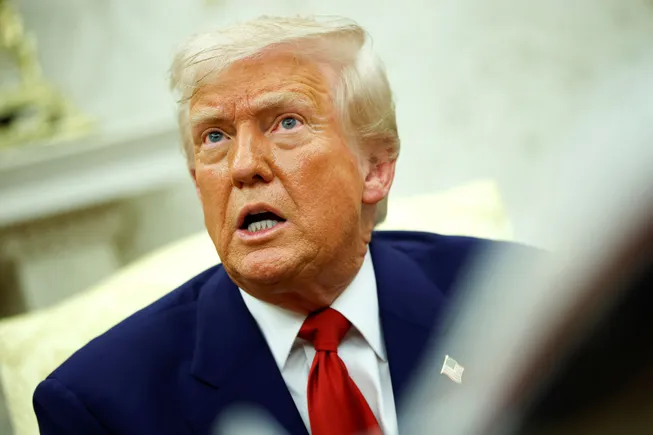President Donald Trump’s recent executive order aimed at lowering drug prices has been viewed as a potential win for the pharmaceutical industry. The order addresses the IRA’s Medicare drug price negotiation program, particularly focusing on the pill penalty that has been a source of contention for pharma companies. Trump’s order also seeks to enhance transparency within the negotiation program, which he believes has not delivered the expected savings.
While Trump cannot directly implement changes to address drug prices through an executive order, Health and Human Services Secretary Robert F. Kennedy Jr. has been tasked with developing reform plans in various areas to report back to the president. Trump’s previous attempts to lower drug prices during his first term were largely ineffective, but this renewed effort signals his commitment to addressing this crucial issue.
One of the key priorities outlined in the executive order is to fix the pill penalty, which currently gives preferential treatment to biologics over small molecule drugs in terms of eligibility for price negotiations. The order calls for ending this distortion that undermines investment in small molecule prescription drugs and promoting parity between small molecules and biologics. This move has the potential to encourage research and development in both areas without bias.
Additionally, the executive order targets Pharmacy Benefit Managers (PBMs) by proposing regulations to improve transparency around PBM fee disclosures and promote competition in the pharmaceutical value chain. Congress has been exploring PBM reforms for some time, and this executive order could provide the necessary momentum to push for meaningful changes in this sector.
However, concerns have been raised about the potential impact of imposing tariffs on the pharmaceutical industry, which could ultimately lead to higher drug prices. Tariffs may counteract efforts to lower drug prices and could pose challenges for manufacturers, especially those producing generics. The order’s focus on accelerating the approval of new drugs, including biosimilars and generics, also raises questions about how the FDA and HHS can influence the industry to expedite approvals while maintaining patent reforms.
In conclusion, Trump’s executive order on lowering drug prices signifies a renewed commitment to addressing this critical issue. By targeting key areas such as the pill penalty and PBM reform, the order aims to promote transparency and competition in the pharmaceutical industry. However, the potential impact of tariffs and the need for clarity on accelerating drug approvals remain important considerations in the ongoing efforts to lower drug prices.


